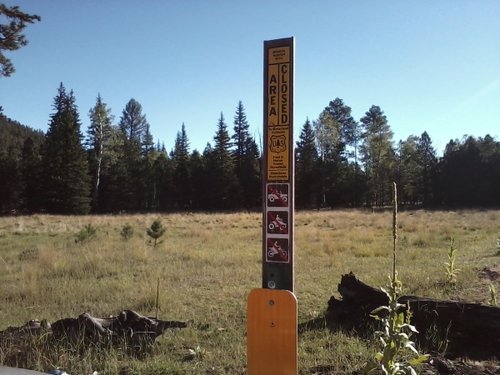On a recent podcast with Randy on Meateater they were talking about how Randy can get a map, pick out the 8 most likely locations for elk on public land then go get them. When I asked him about it he said to look at this forum. So I can't find the topic on the search (sorry if I missed it) but for those of you who know how to do this what is the best way to learn?
Is there anyone proficient in this that lives in the Oregon/Washington area that would be willing to teach me in person? (I'll happily pay you for your time ) (I live in the Columbia River Gorge, but will drive). I'm not looking for some quick fix to get my elk this year (as I would hope to do this in the winter or spring) but I really want to work on my skills as a hunter. My dad hunted when I was growing up so I feel like I know how to do it, and I've been successful in each hunt but I chalk that up to luck more than skill at this point. This is only my 3rd year rifle hunting. I got a cow elk my first year, drew a big horn sheep tag last year, and just got a buck (480 yards) yesterday (had my 7 year old daughter with me, such a great 1st hunting experience for her), which I'm still pumped about. I don't mention these as any sort of bragging, just trying to show I have some skills as a hunter and I take this seriously. I really want to be able to pass along good hunting knowledge to my children as they are started to get of age for hunting, but I realize it will likely take years to get good at this.
) (I live in the Columbia River Gorge, but will drive). I'm not looking for some quick fix to get my elk this year (as I would hope to do this in the winter or spring) but I really want to work on my skills as a hunter. My dad hunted when I was growing up so I feel like I know how to do it, and I've been successful in each hunt but I chalk that up to luck more than skill at this point. This is only my 3rd year rifle hunting. I got a cow elk my first year, drew a big horn sheep tag last year, and just got a buck (480 yards) yesterday (had my 7 year old daughter with me, such a great 1st hunting experience for her), which I'm still pumped about. I don't mention these as any sort of bragging, just trying to show I have some skills as a hunter and I take this seriously. I really want to be able to pass along good hunting knowledge to my children as they are started to get of age for hunting, but I realize it will likely take years to get good at this.
Thank you for your time,
Keith
Is there anyone proficient in this that lives in the Oregon/Washington area that would be willing to teach me in person? (I'll happily pay you for your time
Thank you for your time,
Keith





